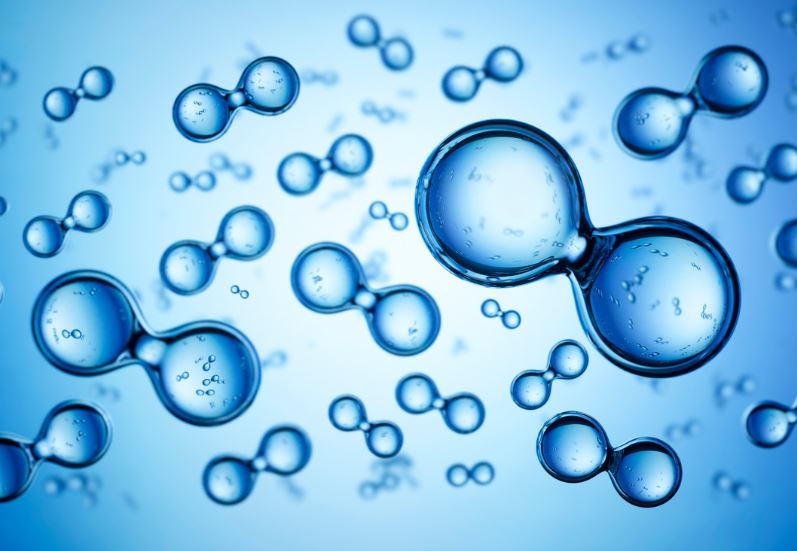Korea Gas Corporation (KOGAS) and Korea Gas Safety Corporation (KGS) have recently entered into a Memorandum of Understanding (MOU) to collaborate on hydrogen mixing technologies.
This partnership attempts to address the complex challenges of integrating hydrogen into existing natural gas infrastructure, a necessity as the nation pivots towards cleaner energy sources.
Despite South Korea’s ambitious goals to reduce carbon emissions by 37% by 2030, the integration of hydrogen into natural gas networks has been fraught with technical and safety obstacles. The primary issue involves ensuring the safety of gas pipelines, which were not originally designed to handle hydrogen. Hydrogen’s smaller molecular size poses a risk of leaks and can cause materials to become brittle, leading to potential pipeline failures. Furthermore, there are concerns about the economic viability of retrofitting existing networks, a factor that could hinder progress.
In response to these challenges, KOGAS and KGS are focusing on developing robust technologies that would allow for a seamless transition. By conducting rigorous testing and research, they aim to establish industry standards for hydrogen blending, address material compatibility issues, and improve detection systems for any potential gas leaks. The MOU signifies a strategic effort to build an infrastructure resilient enough to accommodate mixed-gas usage without compromising safety.
Successful implementation of hydrogen blending technologies could potentially boost South Korea’s position as a leader in clean energy innovation. As countries strive to meet global climate goals, the development of efficient hydrogen infrastructure could set a precedent for others to follow.
While the roadmap is promising, it remains pivotal for stakeholders to maintain a cautious approach. Ensuring the economic feasibility of these technologies is critical, as is continuous monitoring and adaptation to emerging technical insights. Collaborative efforts like these could pave the way for a more sustainable energy future, provided that cautious optimism is paired with rigorous validation and testing.
Stay updated on the latest in energy! Follow us on LinkedIn, Facebook, and X for real-time news and insights. Don’t miss out on exclusive interviews and webinars—subscribe to our YouTube channel today! Join our community and be part of the conversation shaping the future of energy.





